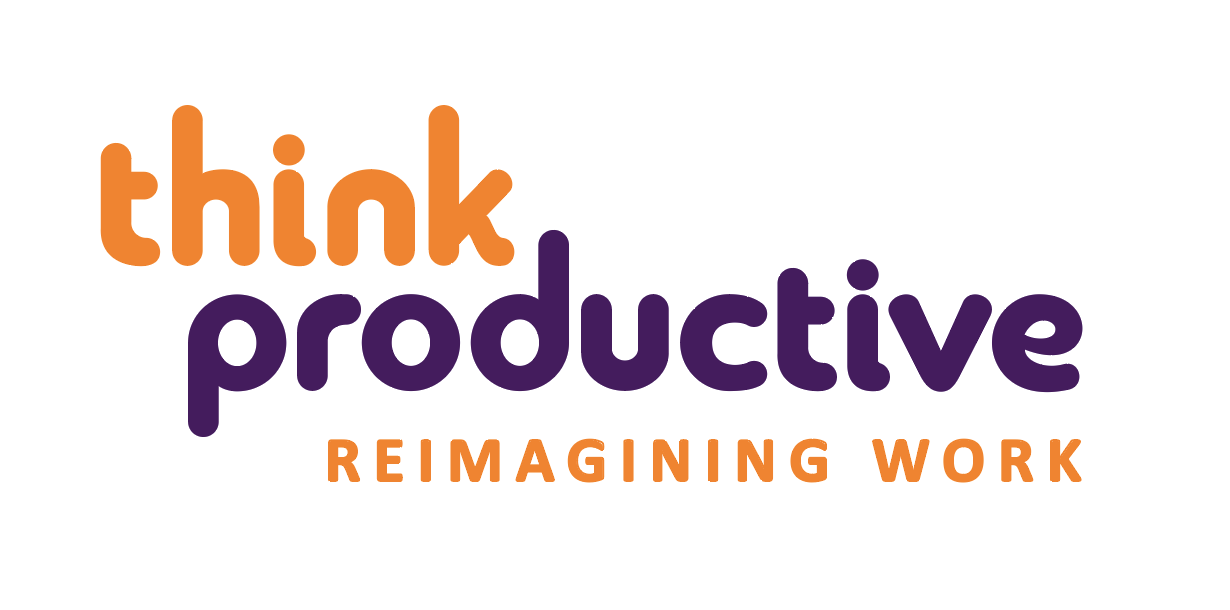210 billion emails are sent every day. How many of those end up on your inbox?

Let’s start with the uncomfortable truth about the way that we work.
We check for what’s new, we scroll up and down, we check for what’s new, we scroll up and down, we fiddle around creating archive folders, we check for other new information (for example on our social media profiles or the news or our phone).
What we’re addicted to here is the illusion of productivity for a minimal payoff of thinking.
Getting your inbox to zero breaks out of this bad habit and changes the way you see email.
3 MINDSET CHANGES
Your inbox is not your to-do list. Your inbox is to your work what an airport runway is to your holiday.
The impact of an email isn’t felt in the inbox it lands in; it ends with an action, a reply, something read and filed, or something deleted.
> Don’t let your inbox nag you: Checking too often can become a deadly disease. Turn off every sound and graphic. That way, you can revisit the inbox when you’re ready to, not when the inbox is nagging you to return.
> Don’t check your email – process your emails: This might sound really simple, but it’s one of those subtle changes that’s actually profound. Don’t check what’s new, but make decisions and create the momentum needed to move those emails to where they need to get to. You can only get it out of your inbox if every option you need has an obvious next step.
> Regular Review: Making time to follow up, double check, print, clean up and generally do some housekeeping on your email system provides a regular chance to do some routine maintenance and a little bit of strategic-level review.
Still struggling? – how about one of our Getting Your Inbox to Zero workshops – 3 hours of Ninja-email tips and tricks and at-desk coaching? (download PDF course overview here)
Two Tips for Gmail Users to Manage Email More Efficiently lifehack.org

I did the whole “get your e-mail to zero” thing six weeks ago. Absolutely brilliant. E-mails now under control. I was recommending the “no sub-folders” approach to someone this morning. I found it really hard to do – but it works so well.